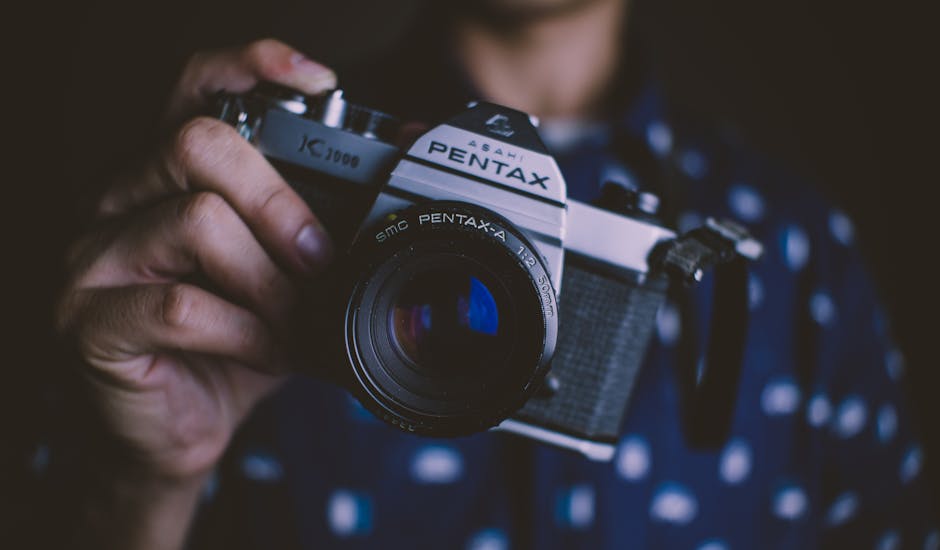Introduction:
Optics play a crucial role in photography, influencing the quality and clarity of the images we capture. Understanding and mastering optics can greatly enhance the results of your photography endeavors. In this article, we will delve into expert strategies and tips to help you achieve picture-perfect results through optimizing your use of optics.
Main Content:
Optics are at the heart of photography, defining how light interacts with the camera to produce an image. One of the key elements of optics in photography is the lens. Choosing the right lens for the desired shot is essential. Different lenses have varying focal lengths, apertures, and optical qualities that can significantly impact the final image.
When selecting a lens, consider the focal length that best suits your needs. Wide-angle lenses are great for capturing expansive landscapes or architectural shots, while telephoto lenses are ideal for zooming in on distant subjects. Prime lenses with fixed focal lengths offer superior image quality and wider apertures, making them perfect for portraits and low-light situations.
Understanding aperture is also crucial in mastering optics. The aperture controls the amount of light that enters the camera, affecting the depth of field and overall exposure of the image. A wider aperture (small f-stop number) creates a shallower depth of field, perfect for isolating subjects against a blurred background. On the other hand, a smaller aperture (larger f-stop number) increases the depth of field, keeping more of the scene in focus.
Another important aspect of optics in photography is understanding how different lenses render bokeh. Bokeh refers to the aesthetic quality of the out-of-focus areas in an image. Lenses with wider apertures produce smoother and more pleasing bokeh, adding a sense of depth and dimension to your photos. Experimenting with different lenses and apertures can help you achieve unique and visually captivating results.
Practical Tips and Insights:
1. Experiment with Lens Compression: Utilize telephoto lenses to compress the perspective in your images, creating a sense of depth and drama in your compositions.
2. Use Lens Filters: Filters like polarizers and ND filters can enhance colors, reduce reflections, and control exposure, adding a professional touch to your photos.
3. Master Manual Focus: Practice using manual focus to ensure critical elements in your image are sharp and in focus, especially in challenging lighting conditions.
4. Explore Lens Distortion: Embrace lens distortion creatively to add a unique perspective to your photos, particularly in architectural and street photography.
Conclusion:
Mastering optics in photography is a continuous learning process that can greatly elevate the quality of your images. By understanding the characteristics of different lenses, apertures, and optical effects like bokeh, you can effectively harness the power of optics to create stunning and impactful photographs. Remember to experiment, practice, and push the boundaries of your creativity to unlock the full potential of optics in your photography endeavors. Apply these expert strategies and tips to achieve picture-perfect results that truly showcase your skills as a photographer.







